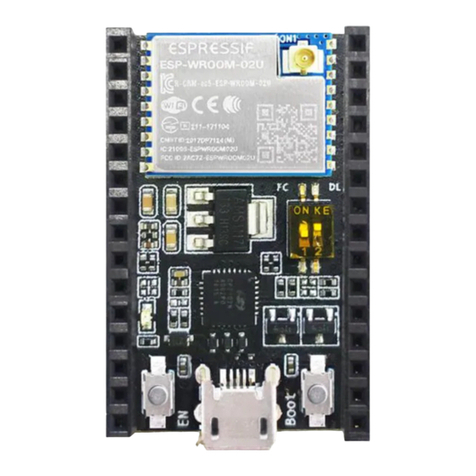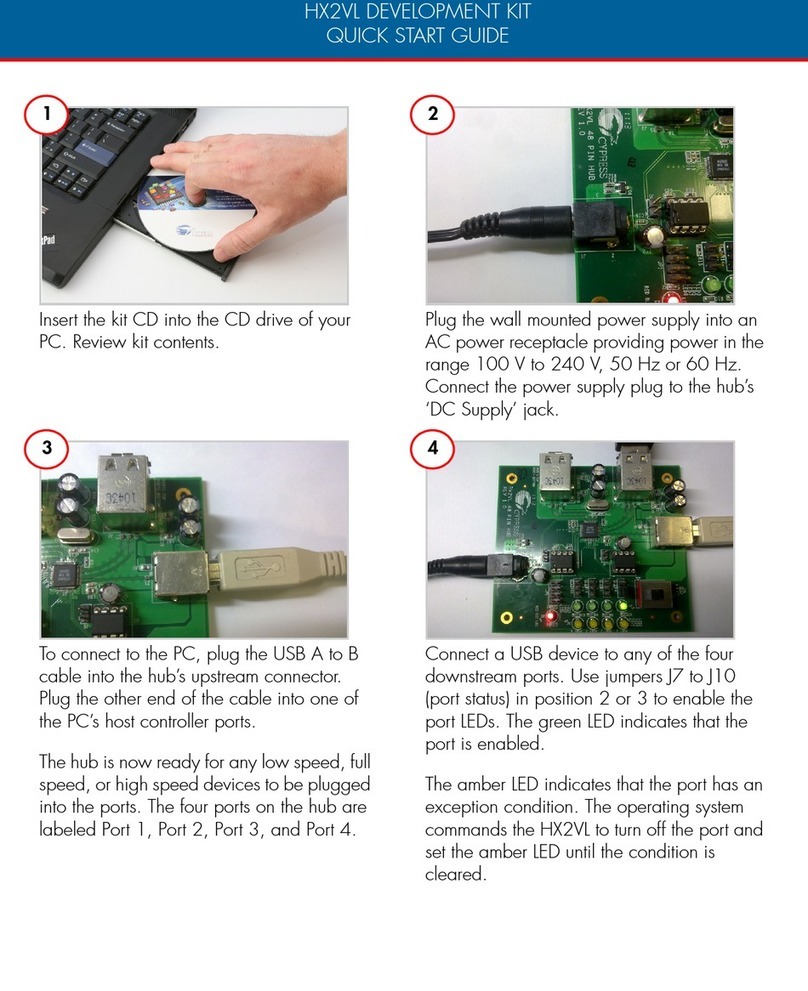
This worksheet is copyright © New Wave Concepts Limited. All rights reserved.
It may be photocopied for classroom or non-commercial use.
w
ww
ww
w.
.g
ge
en
ni
ie
eo
on
nl
li
in
ne
e.
.c
co
om
m
Page 2 of 8 ®2
21
18
8GENIE 18 Project Kit.pdf ®Version 1.5
G
GE
EN
NI
IE
E1
18
8P
Pr
ro
oj
je
ec
ct
tK
Ki
it
t(
(P
PC
CB
B2
21
18
8)
)
Making the GENIE 2
2
Switch on the soldering iron. It will only take a
few minutes for the iron to reach operating
temperature. Once the soldering iron is hot,
clean the soldering iron tip with a moist sponge.
Melt some solder at the chamfered end of the
soldering iron tip. This is called ‘tinning’ and it
will aid the flow of solder from the soldering
iron to the copper track on the printed circuit
board and component pins.
Fit each component onto the board. When
fitting components such as resistors, you should
use long-nosed pliers to bend the legs through
90 degrees. This will make them easier to fit.
Some of the components need to be fitted the
correct way around:
®The 18-pin GENIE microcontroller should be
positioned so that the notch points towards
the download socket and the dot next to pin
1 is at the same corner as the ‘1’ shown on the
board.
®The driver chip should be positioned so that
the notch points towards the battery
connection and the dot next to pin 1 is at the
same corner as the ‘1’ shown on the board.
®The green LED should be fitted so that the flat
edge of the LED lines up with the flat edge
shown on the board.
®The diode should be positioned so that the
stripe on the diode matches the stripe shown
on the board.
®When fitting the electrolytic capacitor, you
need to ensure that the positive side of the
capacitor (the side without the stripe) is
nearest to the ‘+’ sign on the board.
T
o solder a pin, hold the soldering iron onto the
board for a few seconds, then quickly touch the
tip with a small amount of solder.
You should always remember to replace the
soldering iron back into the stand after soldering
and repeat cleaning the tip of the iron with the
moist sponge before the start of each soldering
operation.
Finally, cut off any
excess wire or
component legs for a
tidy finish.
C
Co
om
mp
po
on
ne
en
nt
ts
sL
Li
is
st
t
This is what you will need:
C
Co
om
mp
po
on
ne
en
nt
tQ
Qu
ua
an
nt
ti
it
ty
y
18-pin GENIE microcontroller 1
GENIE 18 project board (PCB218) 1
ULN2803 driver 1
Download (3.5mm stereo) socket 1
18-pin DIL socket 2
Battery clip 1
3 or 4 x AA battery holder 1
1N4148 diode 1
6 x 6mm switch 1
Green LED 1
220uF electrolytic capacitor 1
100nF capacitor 1
330 ohm resistor 1
(orange, orange, brown, gold)
4.7k ohm resistor 1
(yellow, violet, red, gold)
10k ohm resistor 5
(brown, black, orange, gold)
22k ohm resistor 1
(red, red, orange, gold)
100k ohm resistor 1
(brown, black, yellow, gold)
























